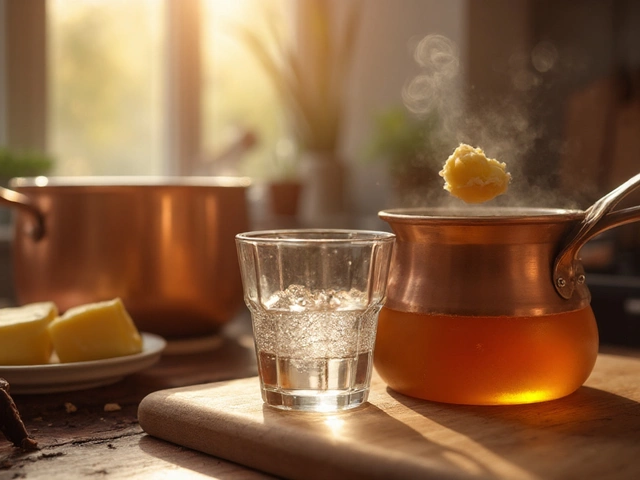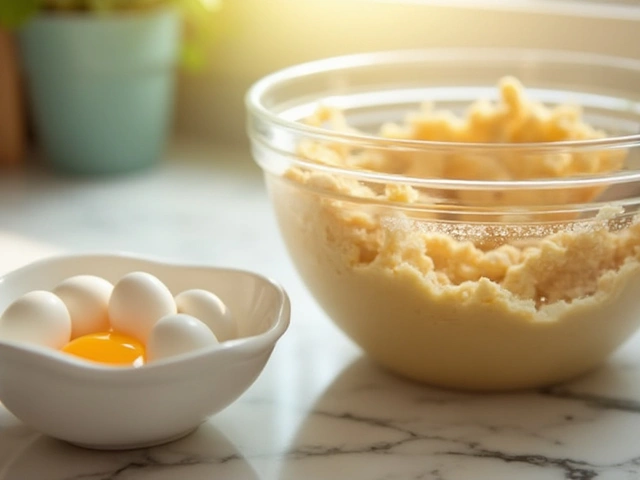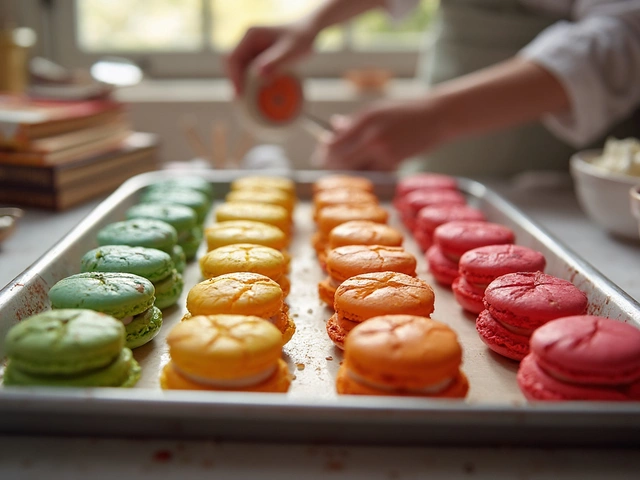Fudge Making Tips: How to Get Creamy, Perfect Fudge Every Time
If you’ve ever ended up with crumbly or rock‑hard fudge, you’re not alone. The difference between a silky treat and a kitchen disaster usually comes down to three things: temperature, timing, and a few simple tricks. Below you’ll find the must‑know facts and quick fixes that will turn any batch into a smooth, melt‑in‑your‑mouth success.
Key Fudge Fundamentals
First, aim for the soft‑ball stage. That’s the sweet spot where the syrup forms a soft ball when dropped into cold water – roughly 236‑240°F (113‑115°C). Use a candy thermometer and keep the pot moving; a still pot can cause hot spots that over‑cook the sugar.
Altitude matters, too. If you live above 3,000 feet, add about 1°F for every 500 feet to keep the temperature accurate. This tiny tweak stops the fudge from setting too firm when the air is thinner.
Stirring is a game‑changer. Once the mixture hits the soft‑ball range, stop stirring and let it sit for a minute. Then start a gentle, steady stir until the fudge thickens and starts to lose its gloss. Over‑stirring can introduce too much air, making the texture grainy.
Quick Fixes for Common Fudge Issues
Ended up with grainy fudge? Most likely you boiled it too long or stirred too aggressively. The fast fix is to add a tablespoon of butter and a splash of milk, then heat gently while stirring until the mixture smooths out.
If your fudge turned out too hard, you probably missed the soft‑ball stage by a few degrees. Re‑heat the batch, add a tablespoon of cream, and bring it back to the proper temperature. The extra fat helps bring back that silky mouthfeel.
For a runny batch, the mix didn’t stay at temperature long enough. Return it to the pot, let it boil a few seconds more, then test again. Remember, a slight boil for a few seconds can save a batch.
Want extra flavor without messing up the texture? Add vanilla, espresso, or a pinch of salt after you remove the pot from heat. Mixing in nuts, chocolate chips, or caramel swirls works best once the fudge starts to thicken, so they don’t melt into the mix.
Check out our top posts for deeper dives: "Fudge Temperature Guide: The Exact Soft‑Ball Stage and How to Hit It Every Time" walks you through thermometer tricks; "The Real Secret to Perfect, Creamy Fudge—And How You Can Nail It Every Time" breaks down the science behind smoothness; and "Boiling Fudge Too Long: What Really Happens and How to Fix It" shows you how to rescue overcooked fudge.
Remember, practice beats perfection. Keep a notebook of the temperatures you use, the altitude adjustments, and any flavor tweaks. Over time you’ll spot patterns and the fudge will start looking and tasting exactly how you want.
Now you’ve got the essential tips to avoid the common pitfalls and a few rescue tricks for when things go sideways. Grab your pot, set that thermometer, and start making fudge that’s as creamy as the best candy shop. Happy cooking!
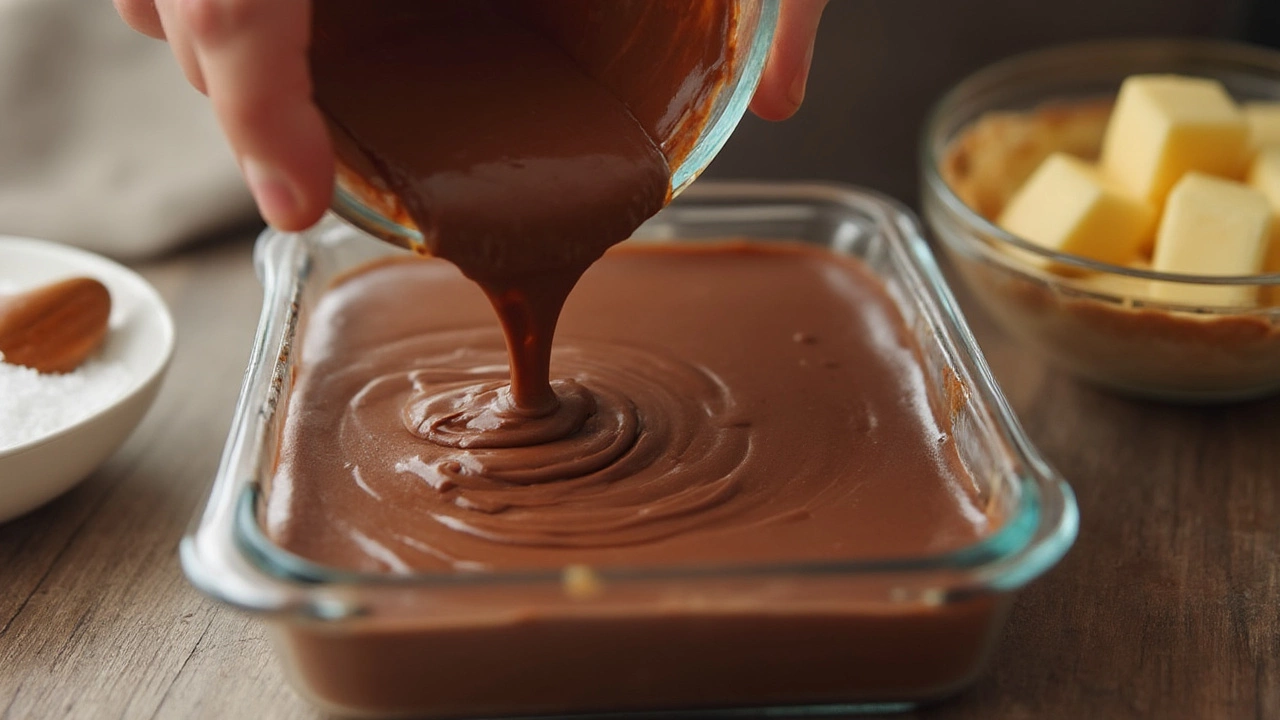
How to Make Fudge That’s Smooth and Not Grainy: Fudge-Making Secrets Revealed
Tired of grainy fudge? Discover the true secret to smooth, creamy fudge every time, with science-backed tips, practical steps, and expert tricks for flawless results.
View More
Why Is Fudge So Hard to Make? Secrets, Science, and Tips for Perfect Homemade Fudge
Ever wondered why fudge turns gritty or weirdly gooey? This deep-dive unpacks the real reasons fudge is tricky and shows how to master it in your own kitchen.
View More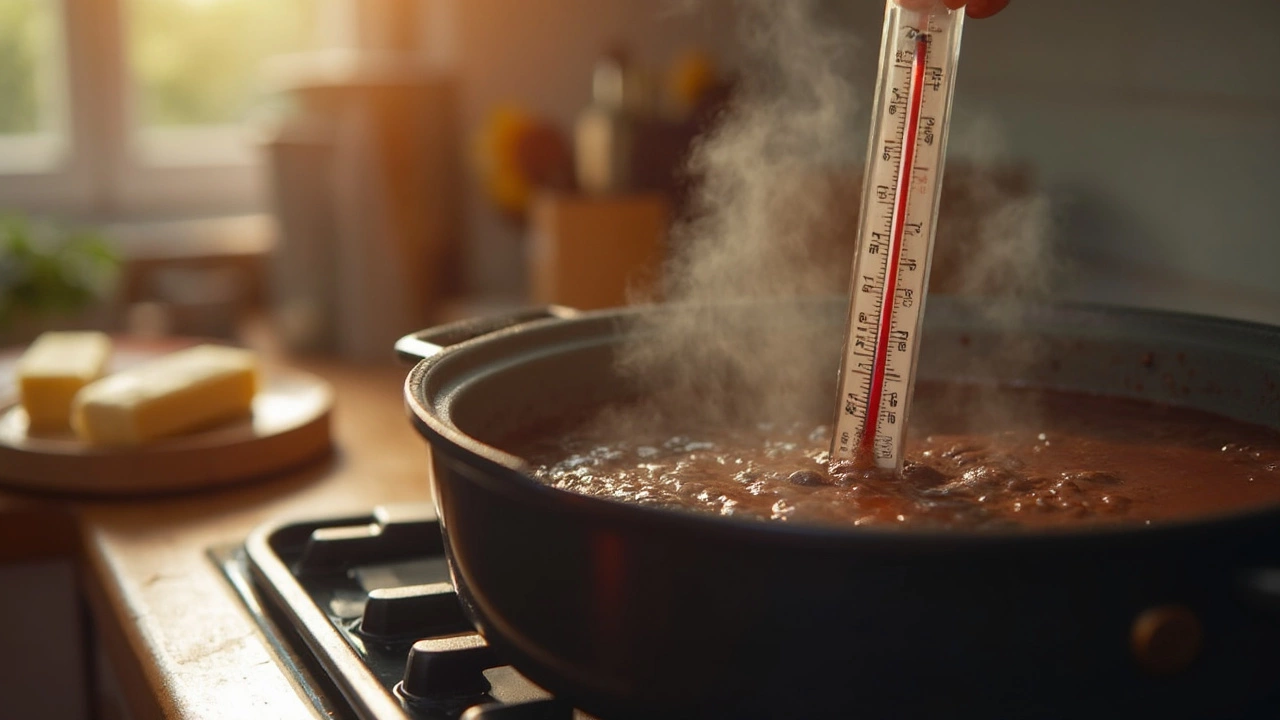
Should I Stir Fudge While Boiling?
Discover the secrets to perfectly boiled fudge by understanding when and how to stir it. This article unravels the science behind fudge making, offering practical tips to achieve that smooth, creamy texture. Explore common mistakes to avoid and learn about the importance of patience and precision in this sweet journey. Perfect for both novice and seasoned candy makers, this guide keeps it real and relatable.
View More
